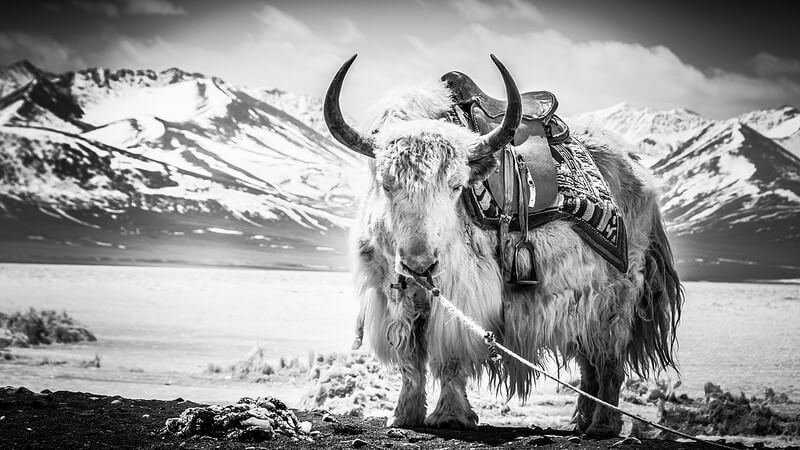I love seeing an impressive newspaper layout design. If I pick up a newspaper, and the layout is awful, I usually won't read the content. I chose this layout design from The Ithacan because it automatically caught my attention, and it's impactful. Not only is the story itself impacting, but the way the title works itself into the photo with "It happened" in the background, automatically drawing my eyes toward the woman. What I love the most about the title is the lower portion where it says "and it will again" is shaped and cut out from the grass, making the headline a part of the photo. With print design, it's so important to make your artwork as impactful as the story is. And that's exactly what this design does.
With this design, a Gestalt principle that stands out to me is figure/ground relationships. The distinct figure in this design is the woman on the ground, and the background and scene of the photo makes her stand out. I also see the law of continuity. Your eyes follow the path of least resistance. If you look closely, the path is easy to follow because the words are staggering from shorter to longer, and back and forth.
Other great examples of print design: https://designschool.canva.com/blog/editorial-design/
This design gives me a headache. There's a lot of white space going on this design, and that's a big no no with print design. I get what the designer was trying to do with the graphic, but it's disproportionate to the article, and the pills are a little too big to be visually appealing. There is no law on continuity here because it takes me forever to look through this page. And many of the other Gestalt principles don't apply to this design either.
Need a good laugh?: https://www.buzzfeed.com/lukelewis/newspaper-and-magazine-layout-disasters?utm_term=.lc1WW9W51#.uagPPXPxY



